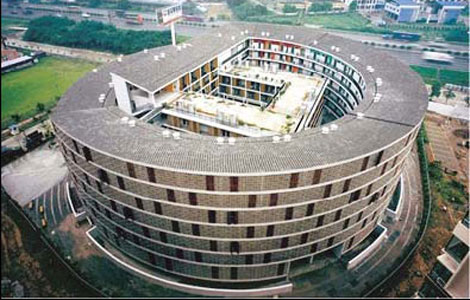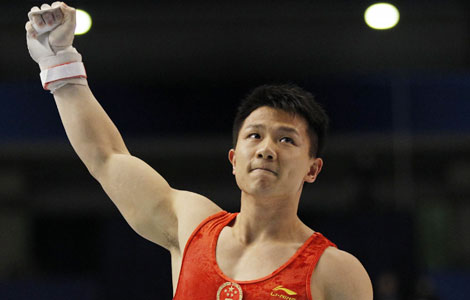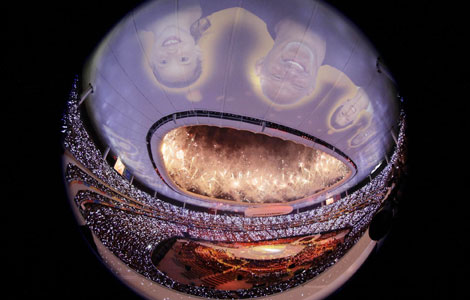Bad Boy Architects & China's New Face
Updated: 2011-10-16 07:44
By Liu Yujie (China Daily)
|
|||||||||||
|
 |
|
The high-rise Jin Mao Tower in Shanghai draws inspiration from Suzhou architecture. Provided to China Daily |
Wu Xuefu, a professor of design at the Communications University of China, has been traveling with his students all over the country, taking pictures of traditional Chinese residences, and researching and defining Chinese-style aesthetics.
"We believe it is time for China to stop worshipping foreign things and to 'export' the best we have to the world. But first, we need to know ourselves better."
But in the midst of nationalistic indignation, there is also the other side of the coin. Foreign architects bring maturity of experience and technology. The so-called "foreign invasion" also instigates local talents to take a good look at what they can offer.
Wang Shu, professor of architecture at the China Central Academy of Fine Arts (CAFA), succeeded in wresting the design of the Ningbo Museum from GMP Architects from Germany years ago.
"In the past, Chinese architects did not have the confidence to take up big projects like museums and performing centers. By cooperating with foreign partners, we have taken a big step forward. It is good to have competition so we can grow and look for our own distinctive characteristics," Wang says.
While building design as a profession has existed for more than 500 years in the West, it has a relatively short history of a mere 30 years in China.
In Asia, we can perhaps look toward Japan, where western-style architecture arrived during the Meiji Restoration of the late 1860s and changed the physical landscape. Although the Meiji rulers began to use Western architects, Japan was careful to keep its culture and strived to preserve that in its modern construction. That paved the way for generations of exceptional Japanese architects such as Kenzo Tange, Kisho Kurukawa, Tadao Ando, Toyo Itob and Kazuyo Sejima.
Wang is optimistic Chinese architects, too, will take their place in international building design, although there is a lot of ground to till. First, there is the age-old question of the education system.
Wang says it is good to see architectural faculties attract more students in recent years, "but increasing the number is not enough, we need to set up our own aesthetic system and educational methods".
In his classes at the CAFA, Wang emphasizes the importance of Chinese calligraphy as well as Western drawing techniques. His explanation is that "through calligraphy we grasp the Chinese way of perceiving and manipulating space and form".
He has also called for the government to set up a system of fair competition to allow domestic and foreign design firms equal opportunities.
"Renowned architectural studios from abroad are favored. China cannot cultivate its own talents if such preferences are not abandoned." And finally, Wang says, the media should stop highlighting odd-looking buildings and give them publicity and attention.
You can contact the writer at liuyujie@chinadaily.com.cn.
Hot Topics
Libya conflict, Gaddafi, Oil spill, Palace Museum scandal, Inflation, Japan's new PM, Trapped miners, Mooncake tax, Weekly photos, Hurricane Irene
Editor's Picks

|

|

|

|

|

|






